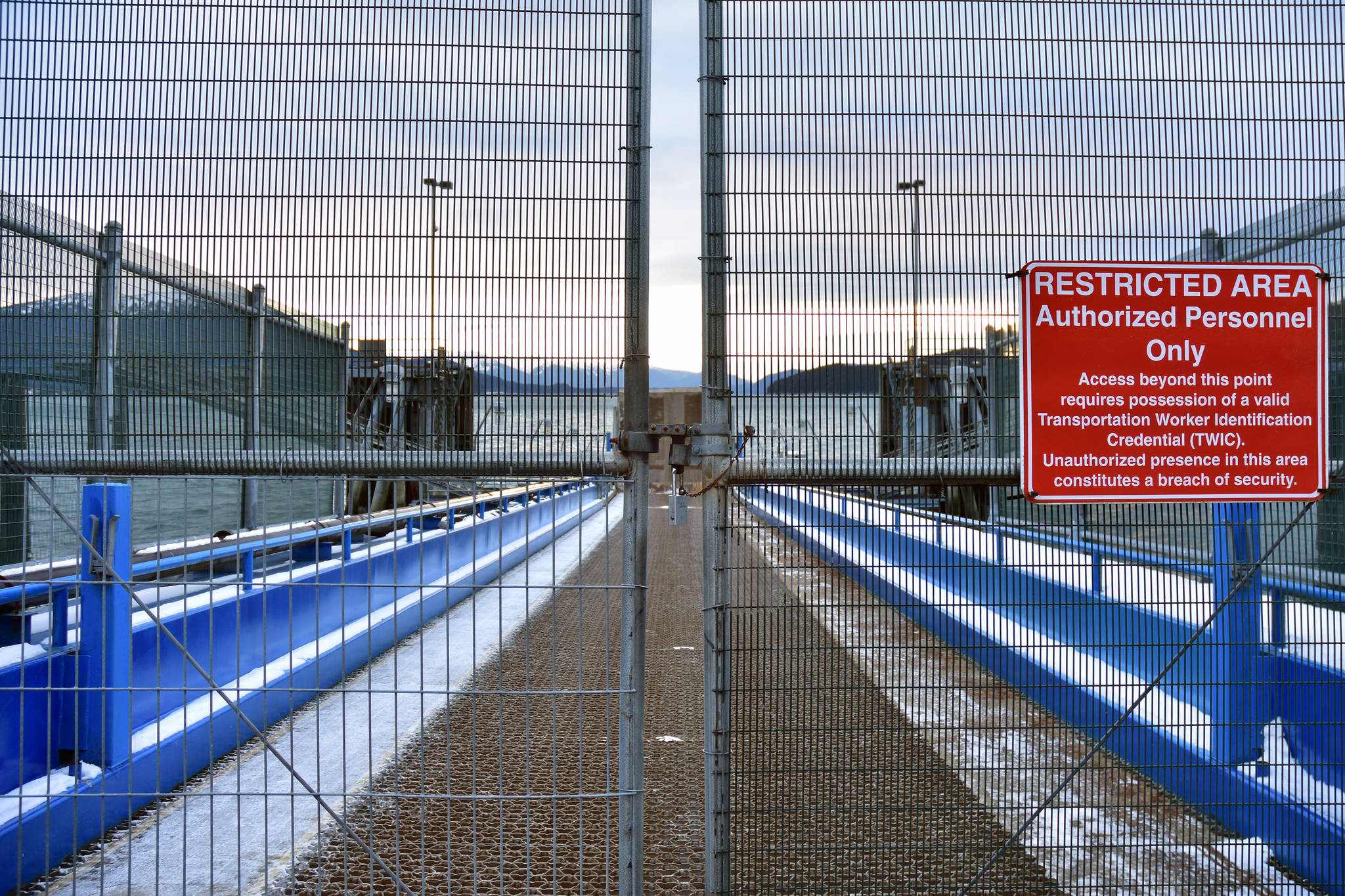The highly-anticipated Alaska Marine Highway System reshaping study was released Wednesday, but for many community leaders in Southeast Alaska, the report focused too much on the economic side and not enough on the value the ferries provide to coastal communities.
The study suggests lowering the state’s subsidy to AMHS by 50% of the Fiscal Year 2020 operating budget, which would mean $24 million a year for the ferries. Some municipal leaders found that number unworkable.
“$24 million is a low ball,” Cordova Mayor Clay Koplin told the Empire in an interview. Cordova has been without service since Sept. 19 which has negatively affected business and quality of life in the city, Koplin said.
“First of all, ‘subsidy’ is a little offensive,” Koplin said. “The state sees its role of providing transportation — a recognized societal underpinning and scaled service appropriate to state sponsorship as an ‘obligation’ and ‘liability.’”
Other local leaders also expressed disappointment at the focus on financials.
Nils Andreassen, executive director of the Alaska Municipal League, held a conference with Southeast municipal leaders Friday afternoon. Community leaders expressed disappointment their feedback to Northern Economics wasn’t incorporated into the report more, Andreassen said.
“The other piece of feedback that we got,” Andreassen said, “the report assumes a limited input by the state, it looked at what can we do with this limited amount. It could have looked at how do we deliver an effective system and meet the needs of residents, but that variability was missing.”
According to the Department of Transportation and Public Facilities, the purpose of the study was to look at how the state could spend less money on the system.
“The objective of the study was to identify potential reductions in the state’s financial obligation and liability as related to AMHS,” Meadow Bailey, communications director for DOT wrote in an email. “Achieving this goal will require increases in revenues, reductions in cost, or a combination of the two.”
The Marine Transportation Authority Board, which discussed the report at a meeting Wednesday, and the Legislature will work together on future decisions, Bailey said.
But that wasn’t the question leaders in Southeast thought the state should be asking.
“I think the bigger question is when will the state come to a realization that our ferry system is a highway system,” said Debra Schnabel, Haines borough manager. “(AMHS) is not something that should be addressed as if it’s a cast-off idea. Why we’re talking about getting rid of the highways in Southeast is beyond me.”
The conception of AMHS as a highway system like any other in the state is an opinion repeatedly expressed by supporters of the ferries.
“This is our highway, none of the highways up north make money. I’d like to tell all the people from the governor on down they should close down the ALCAN (the Alaska-Canadian Highway), see how they like it,” Tenakee Springs Mayor Dan Kennedy previously told the Empire.
Going forward, leaders in Southeast hoped there would be greater consideration of what the ferry provides to Southeast rather than what it costs the state. The report released Wednesday was only the draft version, and Andreassen said local leaders asked about how they can affect the final draft.
“Is there a way for us to provide feedback and have that incorporated into the final report,” Andreassen said. “We plan to organize some kind of response from a local government perspective that shows the public benefit of the system.”
Despite expressing some disappointment in the report, Skagway Mayor Andrew Cremata said he was glad the report was out.
“So much of the dialogue we have in a municipalities is reactive,” Cremata said. “Maybe we find some of the positives in the report and try to work on that, craft a vision of what we want. If we’re talking in the positive, I think we can move forward.”
• Contact reporter Peter Segall at 523-2228 or psegall@juneauempire.com.

